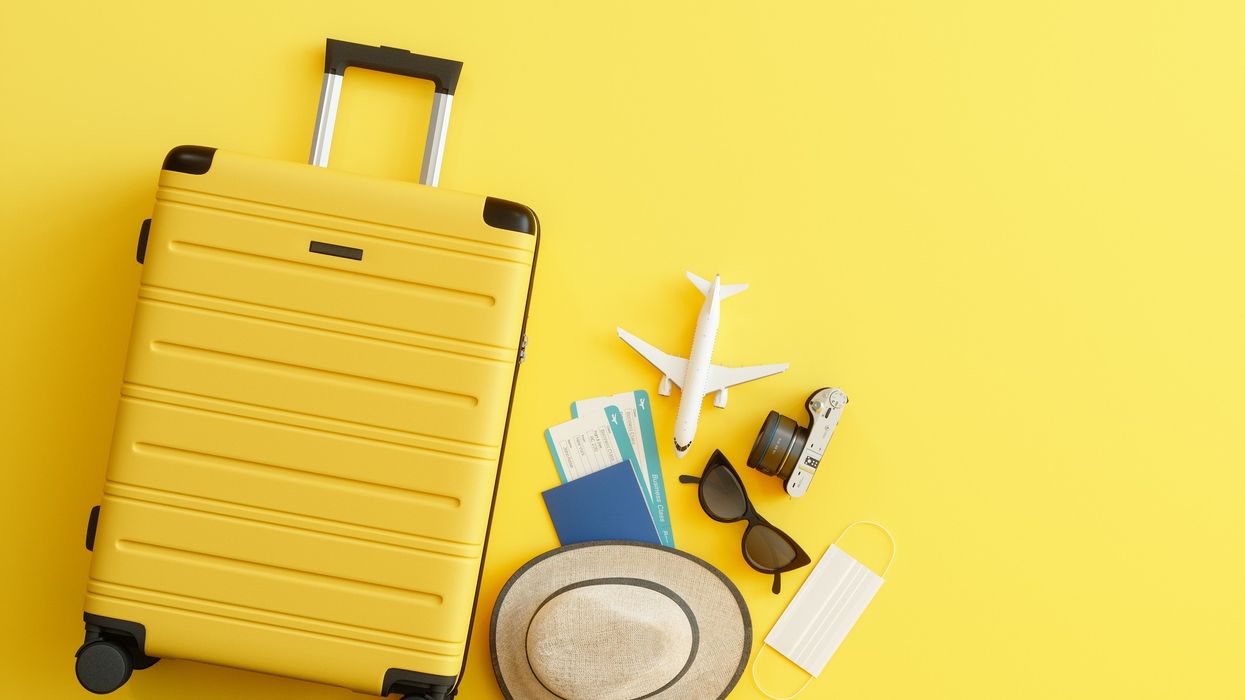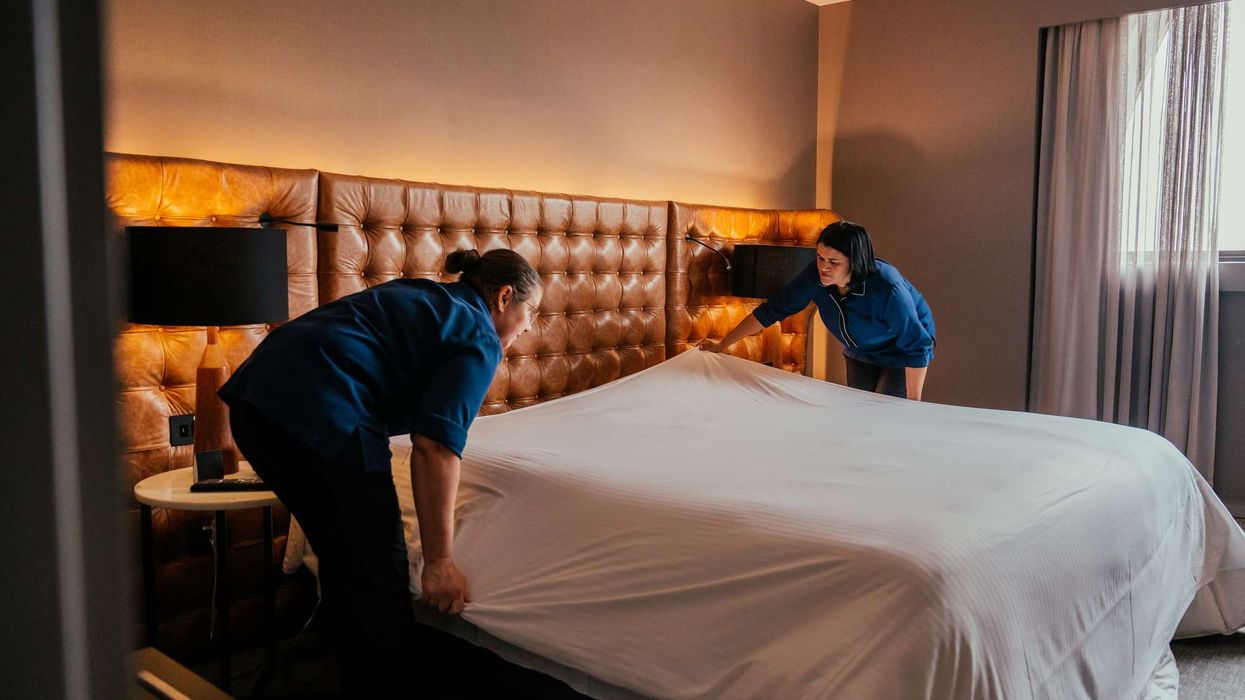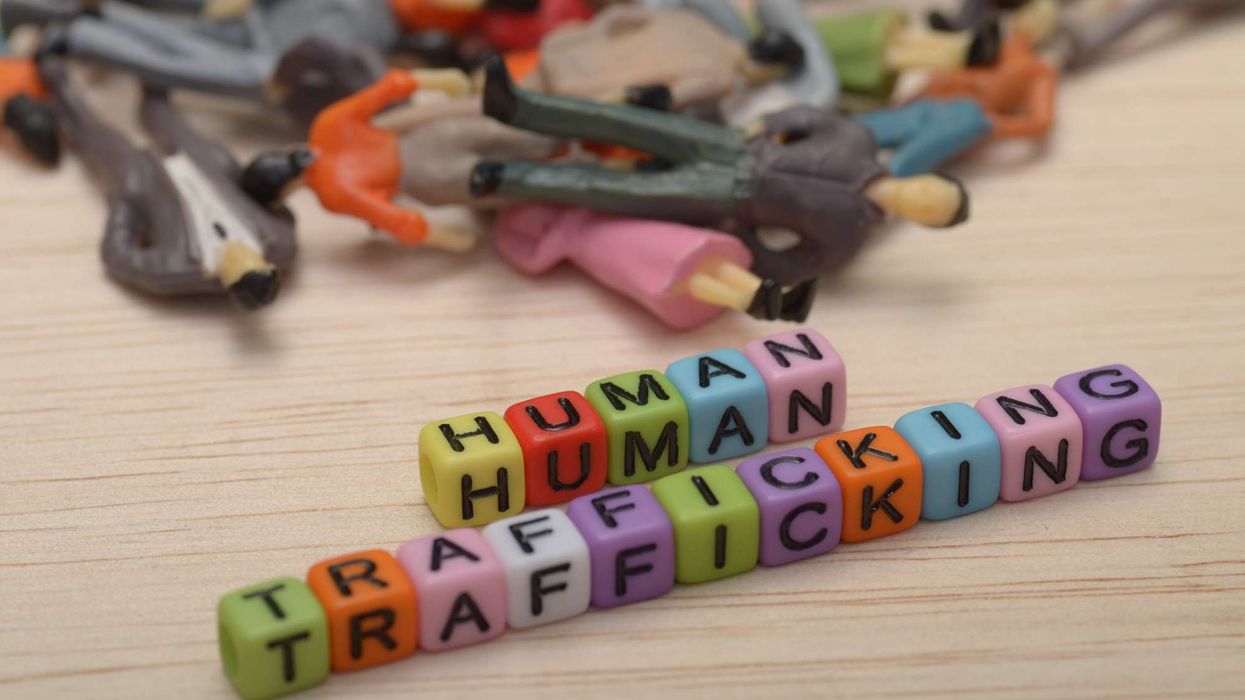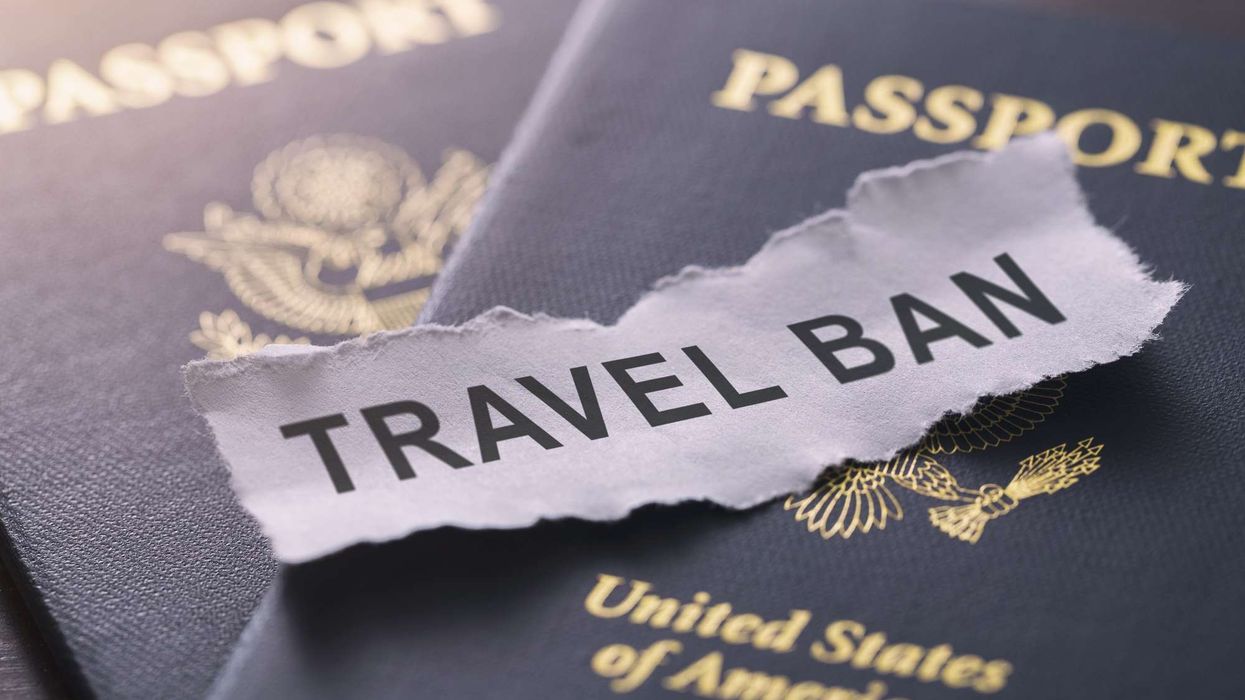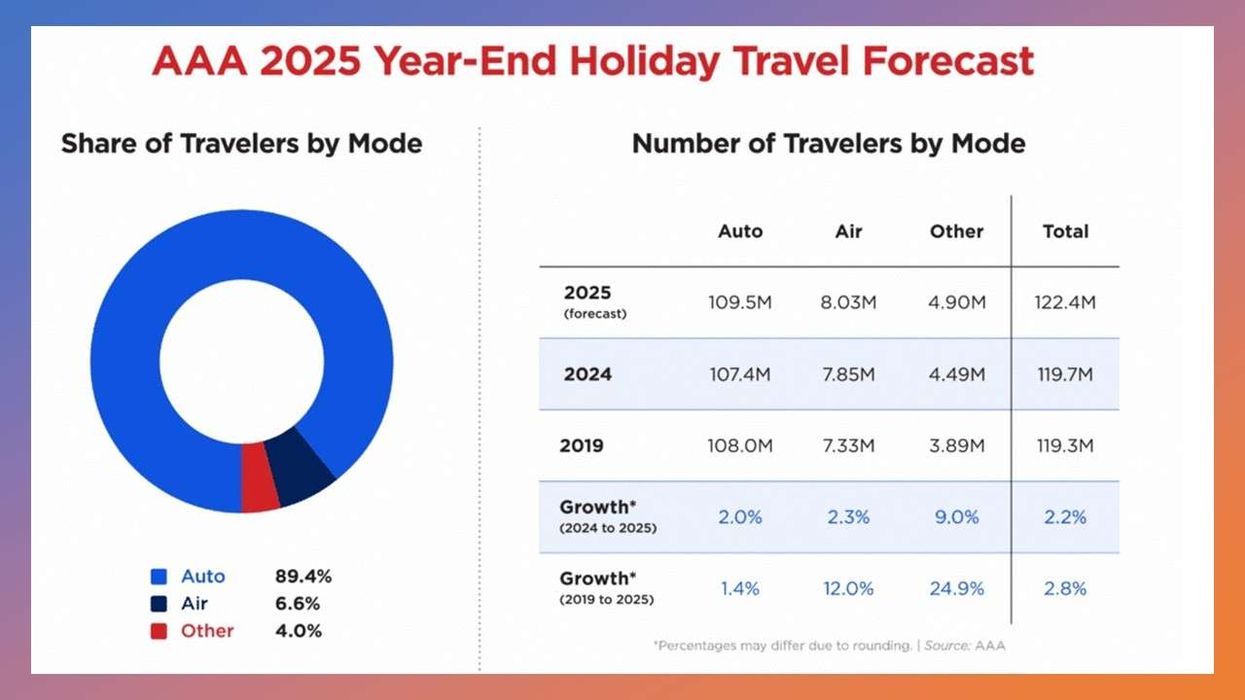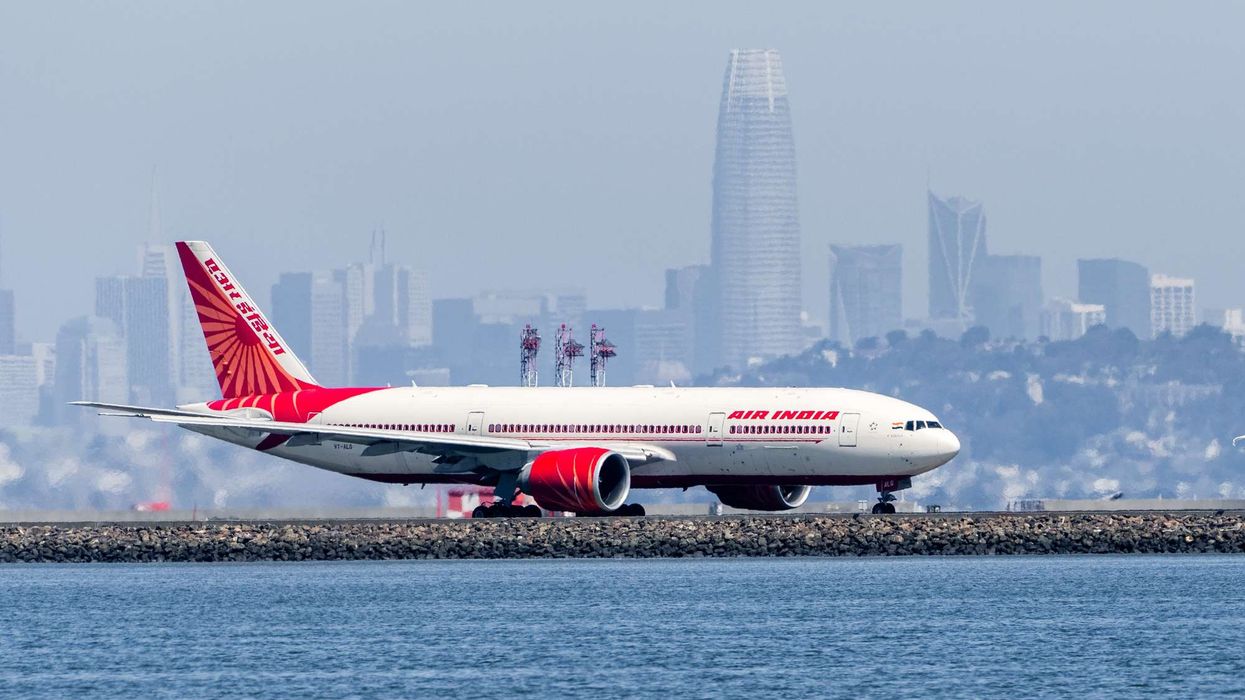INTERNATIONAL TRAVEL SPENDING dropped precipitously worldwide in 2020, leading to a nearly $4.5 trillion loss for the global travel industry, according to an analysis of a report from the World Travel & Tourism Council. In the U.S., however, relatively low declines in domestic travels mitigated losses from international travel, according to the analysis by the U.S. Travel Association.
Travel spending fell 69 percent last year globally and 76 percent for international travel spending in the U.S., according to the article from Aaron Szyf, an economist with USTA. Domestic travel spending globally fell 45 percent, Szyf said citing the WTTC’s annual Economic Impact Report, but the U.S. was one of a few countries in which internal travel continued despite the pandemic.
“Since the U.S. is one of those key markets that managed to sustain a moderate level of domestic travel throughout the pandemic, domestic travel spending in the U.S. declined by a comparatively smaller 36 percent in 2020,” Szyf said in the article.
The decline in travel spending affected the overall economy in several ways. For example, the travel industry’s contribution to the global GDP fell to 5.5 percent in 2020.
“This translates into a 49 percent decline in travel’s global economic output, compared to a 42 percent decline in travel’s economic output in the U.S.,” the article said. “More than 62 million travel jobs were lost globally, a 19 percent drop. This number would have been exponentially higher if not for government retention schemes that supported travel jobs in many countries around the world. In the U.S., travel jobs declined by a significantly higher 34 percent in 2020.”
Szyf said WTTC still expects the travel industry employment to return to 2019 levels by 2022. He also wrote that the sector’s contribution to the GDP will recover by 2023 if vaccinations continue.
“It must be noted that this is a “best case” scenario,” the article said. “There are possible downside risks, including a slower relaxation of restrictions, slower vaccine rollout or a premature phasing out of government job protection schemes that can slow the recovery.”
USTA’s own forecast, predicated on a baseline that takes these risks into account, places the recovery a little further down the road, in 2024 and 2025.
Several recent surveys, including one by G6 Hospitality, found that travelers are optimistic about their trip plans for this year.
